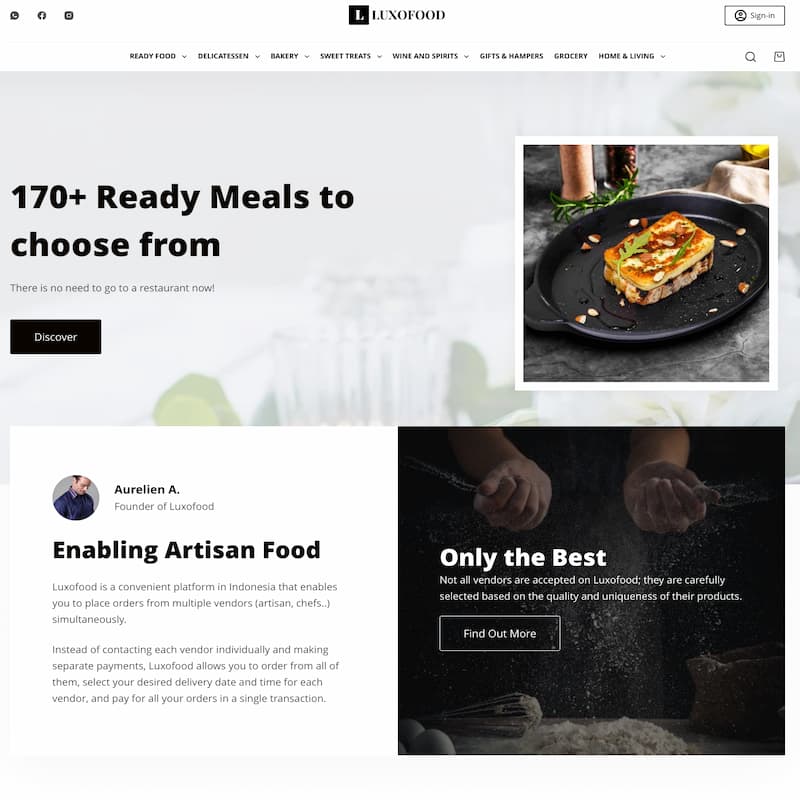Thank You for 6 Wonderful Years

10,000+
Happy Customers
12,000+
Premium Products
3
Cities Served
For any inquiries, please contact us at:
[email protected]